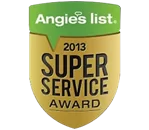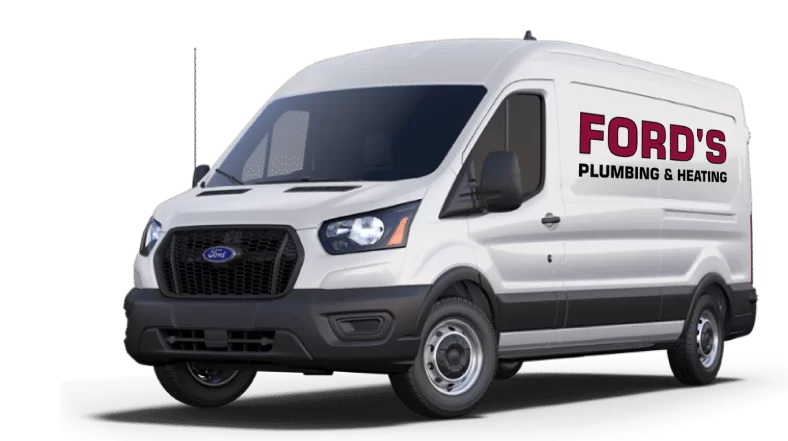Almost 70% of American taxpayers are expecting a refund this year. Frugal taxpayers or those lacking the will power to avoid temptation usually lock up their refunds in low interest bearing savings instruments like certificates of deposit with heavy penalties for early withdrawal thus deterring casual spending. On the other hand, after a year of scrimping, cutting back, tightening belts and worrying about the economy, taxpayers a bit more Free-Spirited or Frivolous might find it extremely tempting to blow their entire refund on a flashy vacation or some cool new toys.
As well deserved as that insanely frivolous shopping spree might be, the euphoria is fleeting and terminally short lived. As if that wasn’t bad enough, as Euphoria’s moving out, her nasty and ill tempered step sister, Spender’s Remorse, is usually moving in with no intention of leaving in the foreseeable future. If the mere thought of uninvited overnight guests leaves you with a cold sweat and a pounding migraine, then this blog is the remedy you’ve been looking for.
Most public surveys of taxpayers seem to confirm this “All of Nothing” tax refund mentality and when taxpayers were asked why, the overwhelming majority responded by saying “It’s just what we’ve always done.” In other words, the “All or Nothing” mentality for how we use and allocate our tax refunds isn’t based on sound financial advice, wisdom of whimsy; it’s based on habit or doing the same thing over and over again until we stop exploring alternative options or forget why we started doing it in the first place.
Let’s be honest with ourselves, doing something because we’ve always done it that way isn’t a valid reason for doing anything and, if we’re calling a spade a spade, it’s much of an excuse than it is a reason. Exploring your options seems to make good common sense and if you don’t like what you find you can always do what you’ve always done.
We’re going to forget the “All or Nothing” mentality for a moment and explore some tax refund allocation options that all taxpayers, from frugal to frivolous, should find equally appealing.
Priorities for Tax Refunds:
Whether you’re frugal or frivolous, the following two items should be at the top of every taxpayer’s “What to do with my tax refund” list:
1. Pay Down High Interest Credit Card Debt
There is no better investment in your future than getting rid of debt. Paying the minimum monthly payment on high interest credit card debt is great for the credit card companies and slow death for consumers. Put your tax refund towards your credit card debt, car loans or student loans. Using your refund to pay down debt will save you hundreds, if not thousands of dollars in interest. It’s best not to play with fire, so pay it off, pass go and collect $200!
2. Add to or Create an Emergency Fund
Also known as a “Rainy Day” fund, this is a liquid account with easy access to handle sudden and unexpected emergencies. You should have enough savings to cover 3 to 6 months living expenses, miscellaneous unexpected needs such as replacing broken hot water heaters and leaky roofs as well as family emergencies such as the funeral expenses etc…
Not Frugal, Not Frivolous Options for Tax Refunds
Investing tax refunds in specific home improvement projects can provide taxpayers with all or some of the benefits listed below:
- Long Term Capital Gains Tax Deductions
- Forced Savings Account for Your Future
- Solid Financial Investment
- Immediate Tax Credits
- Reduced Monthly Utility Bills
- Years of Added Comfort and Enjoyment for You and Your Family
The Following Home Improvements Will Provide The Benefits Listed Above:
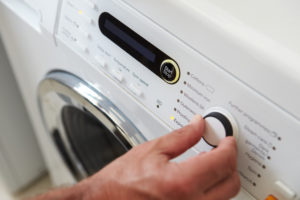
1. New Energy Efficient Washing Machine
It’s not sexy, but you can’t argue with the results. Today’s high-efficiency washers use less water per load than standard top-loaders and they save you time, use less water and less heat. Replacing a washer made before 2000 with an Energy Star model saves typical homeowners an average of $135 per year and comes with a nice tax credit. The average cost for high-efficiency top loading washers’ ranges from $750 to $950 and the monthly savings on utility bills is immediate.
2. New Main Entry Door
A new main entrance door can do wonders for your home’s curb appeal, but the right entrance door does that and a whole lot more. The right door can add another level of security to your home and lower your monthly utility bills by as much as 10%. In addition, most energy efficient exterior door come with a federal tax credit that helps reduce the initial cost.
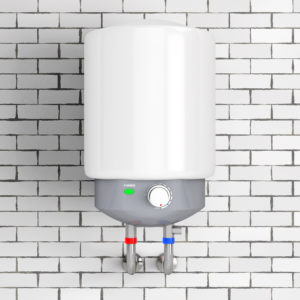
3. Go Tankless
Replace your old traditional water heater with an energy-efficient Tankless water heating system. You can replace your standard water heater with another storage-tank model for between $500 and $1,500 including installation.
Why not spend $1,500 and $2,500 on a gas tankless water heating system that takes up half the space, lasts twice as long, saves the typical home owner an average of $115 a year on water-heating costs and provides a never ending supply of hot water on demand. Even better, some tankless water heating systems come with federal energy tax credits that reimburse you up to $500.
4. Switching to High Efficiency, Low Water Use Plumbing Fixtures
Conserving water also conserves energy, because energy is used to treat, deliver, and heat water. If one out of every 100 American homes were retrofitted with water-efficient fixtures, that would save about 100 million kWh of electricity per year—avoiding 80,000 tons of greenhouse gas emissions: equivalent to removing nearly 15,000 automobiles from the road for one year.
Upgrading to high-efficiency plumbing fixtures helps conserve and protect our environment’s water supply and saves you time, water, money and energy. According to the U.S. EPA, if all U.S. households installed water-efficient fixtures and appliances, the country would save more than 3 trillion gallons of water and more than $18 billion dollars per year.
Low-flow fixtures have been on the market for awhile now and most ultra-low-flow plumbing fixtures conserve water without compromising performance. The EPA helps consumers by labeling ultra-low-flow, highly water-efficient plumbing fixtures that have been independently tested and certified to meet efficiency and performance standards. These specially labeled products are all at least 20% more water efficient than average products and are certified to perform as well or better than average fixtures.
For your convenience, we’ve taken the liberty of outlining the flow thresholds for ultra-low water-use toilets, shower heads and faucets to better help consumers identify products that fit their needs:
High Efficiency, Water Saving Toilets
Toilets traditionally use the most, and waste the most, water in homes and account for nearly 30 percent of an average home’s indoor water consumption. If a toilet uses more than 1.6 gallons of water per flush, as do all toilets installed before 1994, then it makes sense to replace it with a new energy efficient model with the following attributes:
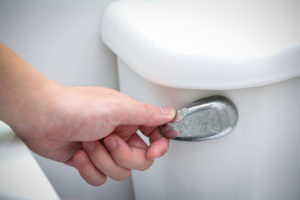
- High-efficiency (or ultra-low-flush) toilet model that uses no more than 1.3 gallons per flush
- Dual-flush toilet, which has a lower-flush button for liquid waste and a higher-flush button for solid waste. These models are commonly used in Australia and Europe and are becoming increasingly popular in the U.S.
- If you really want to save, conserve and help Mother Nature you can install a Composting toilet that uses little to no water for flushing.
- Current California legislation has mandated that all new toilets sold or installed in the state after 2014 must be high-efficiency toilets.
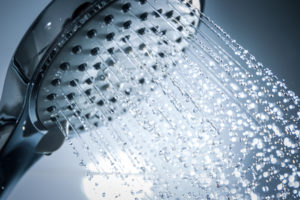
High Efficiency Shower Heads
Showering accounts for up to 20 percent of the average household’s indoor water use. You can cut your shower water use by as much as 70 percent by switching to an ultra-low-flow shower head and it’s easy to do.
An old and inefficient shower head uses more than 2.5 gallons of water per minute while new high efficiency ultra-low-flow shower heads use no more than 2 gallons per minute. Ultra-low-flow shower heads can lower monthly utility bills by reducing the demand on your water heater. The EPA states that an average household could save 300 kilowatt hours of electricity annually by switching to high efficiency ultra-low-flow shower heads.
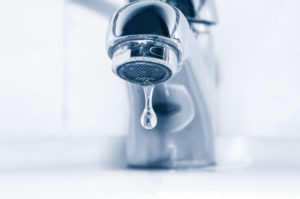
High Efficiency Faucets
If you have inefficient faucets, faucets that use more than 2.5 gallons of water per minute, replacing them with sink high-efficiency faucets with a flow rate of no more than 1.5 gallons per minute is easy to do and will reduce your water consumption as well as lower your monthly utility bills.











